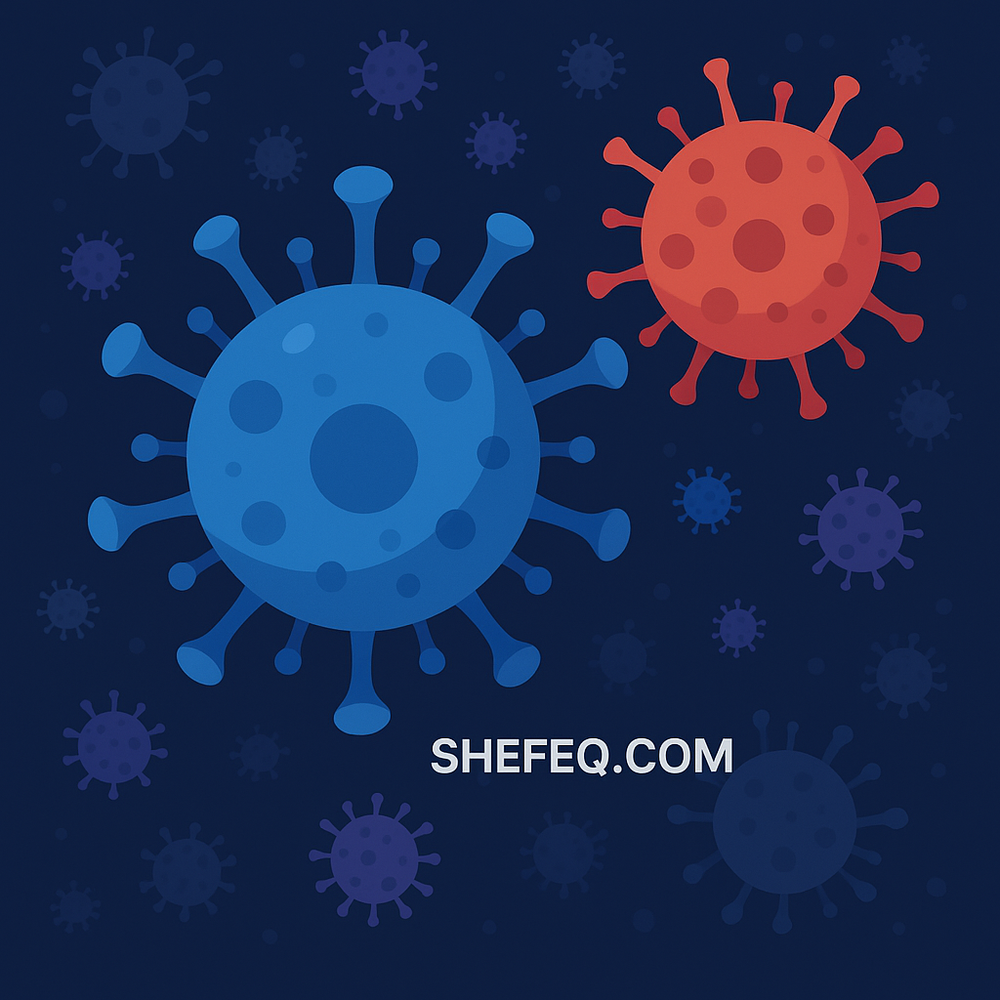I. SOCIAL PERSPECTIVE – The Role of the Concept of Viruses in Society
Throughout human history, viruses have been both a source of fear and a subject of scientific interest. In the Middle Ages, viral diseases such as plague and smallpox claimed millions of lives. In modern times, influenza, COVID-19, hepatitis, Zika, and other viruses have become part of our daily lives.
In societies, the threat of viruses sometimes leads to excessive fear, and at other times to complete indifference.
Social observations show that:
-
Some people strictly follow preventive measures against viruses.
-
Others remember these measures only when an outbreak occurs.
-
Lack of information and misinformation (for example, unfounded “treatment” methods spread on social media) lower the level of protection.
The main issue here is public education. Without understanding the scientific foundations of virus prevention, society cannot protect itself effectively.
II. ACADEMIC PERSPECTIVE – The Nature of Viruses and Their Mechanism of Action
Viruses are microscopic pathogens that need living cells to reproduce. Unlike bacteria, they cannot multiply on their own.
When a virus enters a cell:
-
It delivers its genetic material (DNA or RNA) into the cell.
-
It uses the cell’s mechanisms to produce copies of itself.
-
As a result, the cell dies, and new viral particles are released.
Main types of viruses:
-
Respiratory viruses: Influenza, COVID-19, adenoviruses.
-
Bloodborne viruses: Hepatitis B and C, HIV.
-
Skin-affecting viruses: Herpes, smallpox virus.
-
Gastrointestinal viruses: Rotavirus, norovirus.
Viruses have a high capacity for genetic change (mutation), which makes it difficult to combat them with treatments and vaccines.
III. PUBLIC PERSPECTIVE – Virus Prevention Policies
The World Health Organization and national health agencies develop extensive strategies for virus prevention:
-
Vaccination programs (to build immunity in children and adults).
-
Sanitation and hygiene rules (safe water and food).
-
Quarantine and social distancing measures (during high transmission periods).
-
Public awareness campaigns (mask use, handwashing, recognizing early symptoms).
Pandemics (such as COVID-19) have shown that virus prevention is possible not only through individual measures but also through strong public health systems.
IV. RESEARCH PERSPECTIVE – Scientific Studies and the Effectiveness of Prevention Methods
Modern research has confirmed several key areas of virus prevention:
-
Vaccines – strengthen the immune system, prevent disease, or help it progress more mildly.
-
Antiviral drugs – slow the course of certain viral infections (such as influenza or HIV).
-
Immune-supporting nutrients – vitamins C, D, zinc, omega-3 fatty acids.
-
Air quality and humidity – good ventilation reduces the spread of viral particles.
-
Behavioral changes – covering mouth and nose when coughing or sneezing, staying home when sick, which significantly reduces transmission.
Studies show that even simple hygiene measures (such as washing hands for at least 20 seconds) can reduce the spread of viral infections by more than 50%.
V. SOCIAL AND INDIVIDUAL RISK FACTORS
Factors that make virus prevention more difficult:
-
Weak immune system (chronic diseases, old age, poor nutrition).
-
High-density living conditions (large families, communal spaces).
-
Failure to follow hygiene rules.
-
Misbeliefs and fears about vaccines.
-
Spread of incorrect treatment methods.
VI. INDIVIDUAL PREVENTION METHODS
Daily hygiene:
-
Wash hands frequently with soap.
-
Avoid touching the face in public places.
Healthy lifestyle:
-
Balanced diet.
-
Adequate sleep.
-
Physical activity.
Vaccinations:
-
Seasonal flu vaccine.
-
Following the child vaccination schedule.
Environmental safety:
-
Good ventilation.
-
Wearing masks in crowded places.
Natural immune support:
-
Garlic, ginger, honey, lemon.
VII. PUBLIC-LEVEL PREVENTION
-
Disinfection measures in public transport and schools.
-
Strengthened hygiene rules during mass events.
-
Ensuring free access to vaccines for the population.
-
Rapid information dissemination when dangerous viral diseases are detected.
VIII. CONCLUSION – Joint Fight Against Viruses
Protecting against viruses requires a combination of individual responsibility and public support. Strengthening immunity, following hygiene rules, getting vaccinated, and adhering to scientific recommendations are vital responsibilities for everyone.
Question: Do you think virus prevention habits are sufficiently developed in our society, or does indifference still prevail?
Share your opinion with us.

